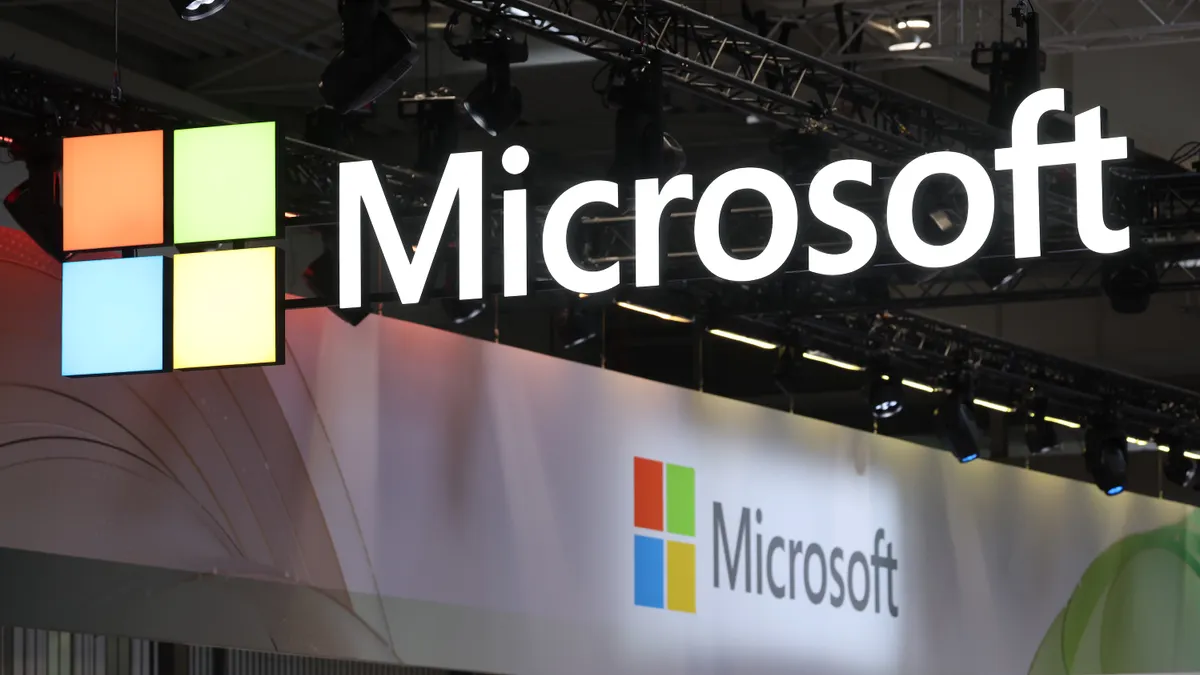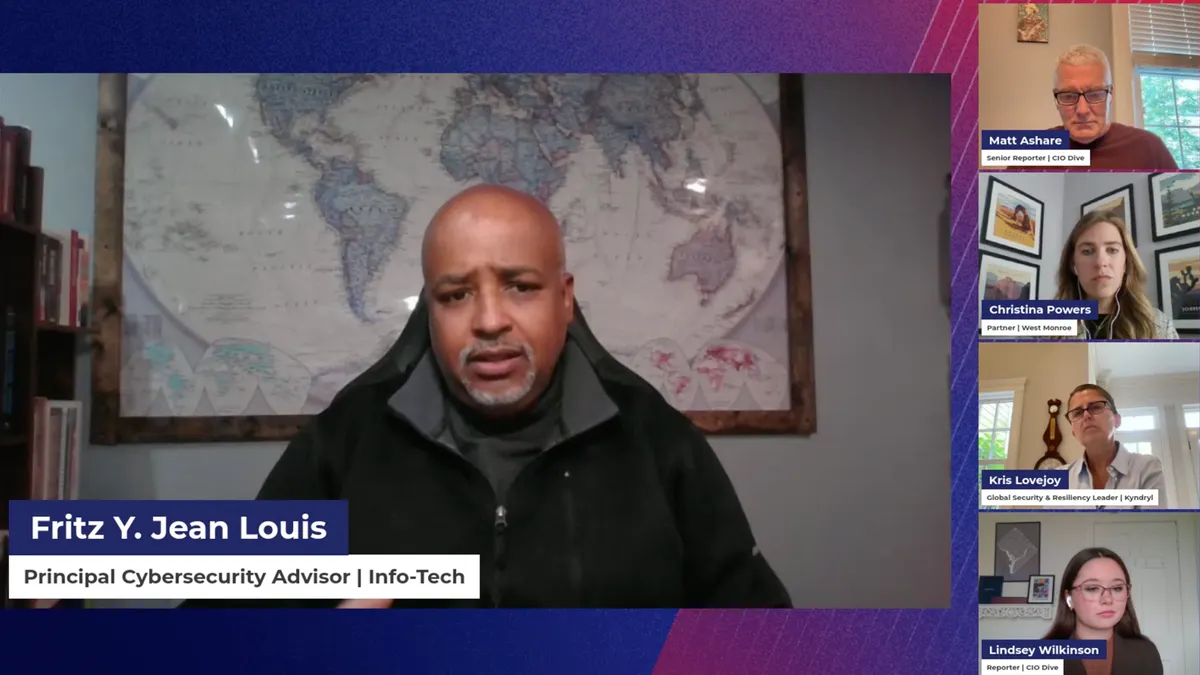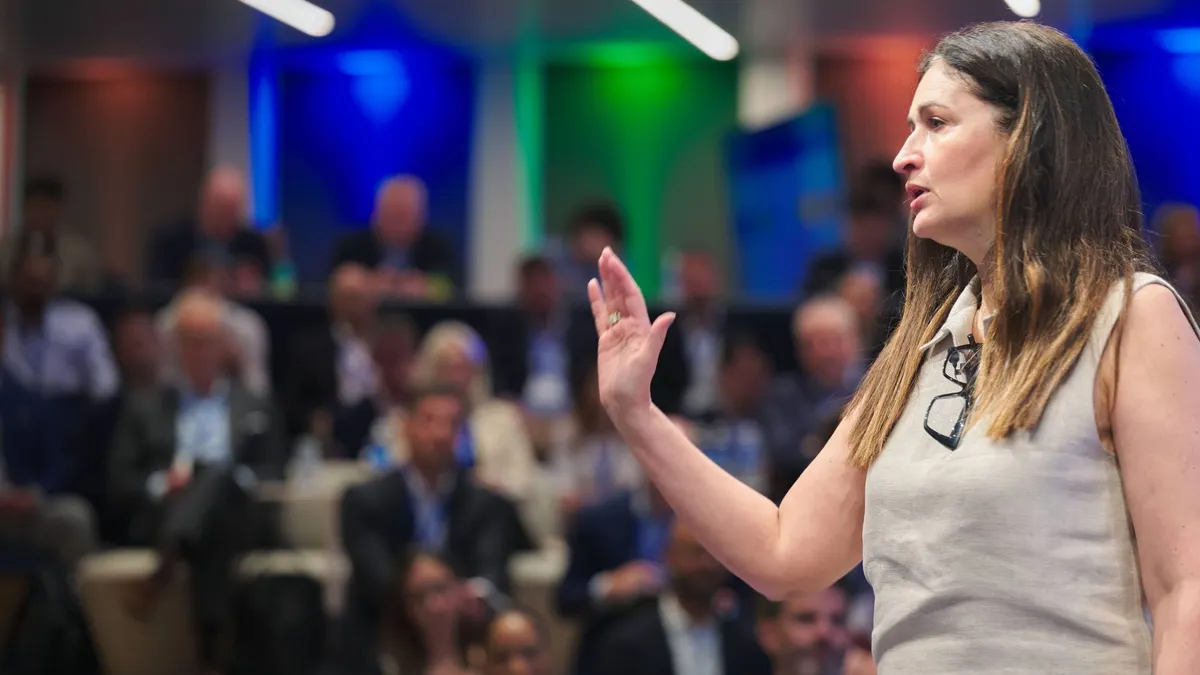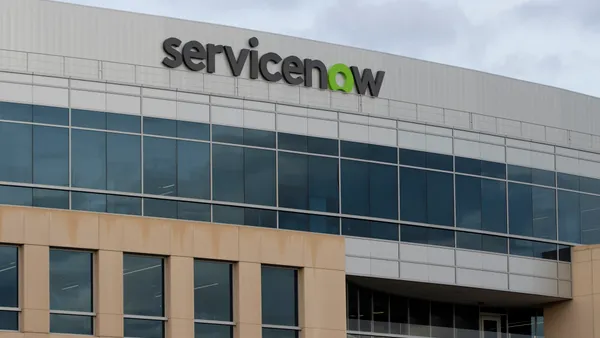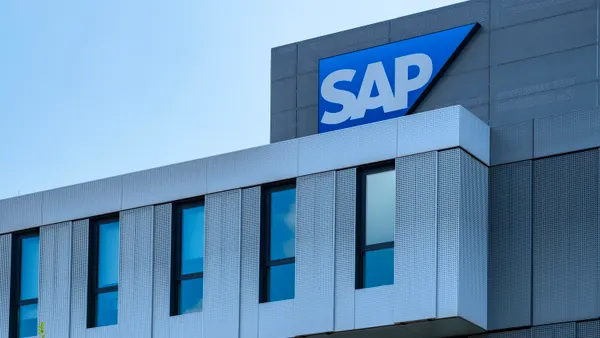Dive Brief:
- Microsoft remains committed to massive cloud infrastructure buildouts to address looming compute constraints, executives said Wednesday during a Q3 2025 earnings call for the three-month period ending March 31.
- The company opened data centers in 10 countries across four continents as its cloud segment absorbed a surge in analytics consumption, workload migrations and AI usage, Microsoft Chairman and CEO Satya Nadella said.
- Microsoft Cloud segment revenue grew 20% year over year to $42.4 billion, accounting for more than 60% of the tech giant’s quarterly revenue. Intelligent Cloud, which includes public, private and hybrid cloud products and services, yielded nearly $27 billion in quarterly revenue, driven by a 33% spike in Azure and other cloud services, the company said.
Dive Insight:
Microsoft kicked off 2025 promising $80 billion in capital investments earmarked for infrastructure during its current fiscal year ending June 30. The company deepened a commitment to expand its European data center footprint Wednesday, pledging to increase capacity by 40% in the next two years.
“There’s nothing certain for sure in the future, except for one thing, which is our largest business is our infrastructure business,” Nadella said during the earnings call.
The buildout initiative hit several snags, slowing progress during the first three months of the year. Nadella pointed to compute constraints as a limiting factor.
Microsoft CFO Amy Hood said demand for AI cloud services grew faster than anticipated, leading to capacity shortfalls expected to persist beyond June. “We are working hard across all of the teams — hardware, software, even the build teams — to get things in place as quickly as possible,” Hood said.
Microsoft reported $21.4 billion in capital expenditures on the quarter, which Hood characterized as “slightly lower than expected due to normal variability from the time of delivery of data center leases.” The amount was roughly 5% less than the $22.6 billion the company reported the previous quarter, marking the first sequential quarterly decline since the first quarter of Microsoft’s fiscal year 2023.
Microsoft's capital investments stalled during the first three months of 2025
“We’ve always been making adjustments to build, lease, what pace we build, all through the last 10 to 15 years,” Nadella said in response to an analyst’s question. “It’s just that you all pay a lot more attention to what we do quarter over quarter nowadays.”
While AI is driving a building boom across the hyperscaler landscape, enterprise modernization investments were a major driver of Microsoft’s cloud business gains.
“The real outperformance in Azure this quarter was in our non-AI business,” Hood said. “The only real upside we saw on the AI side of the business was that we were able to deliver supply early to a number of customers.”
As vendors embed generative AI capabilities in cloud, the line between the two technologies has blurred.
“It’s getting harder and harder to separate what an AI workload is from a non-AI workload,” Hood said.


